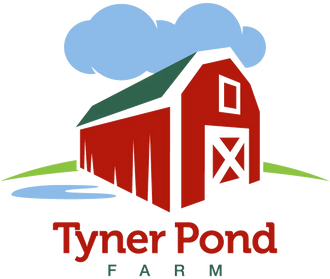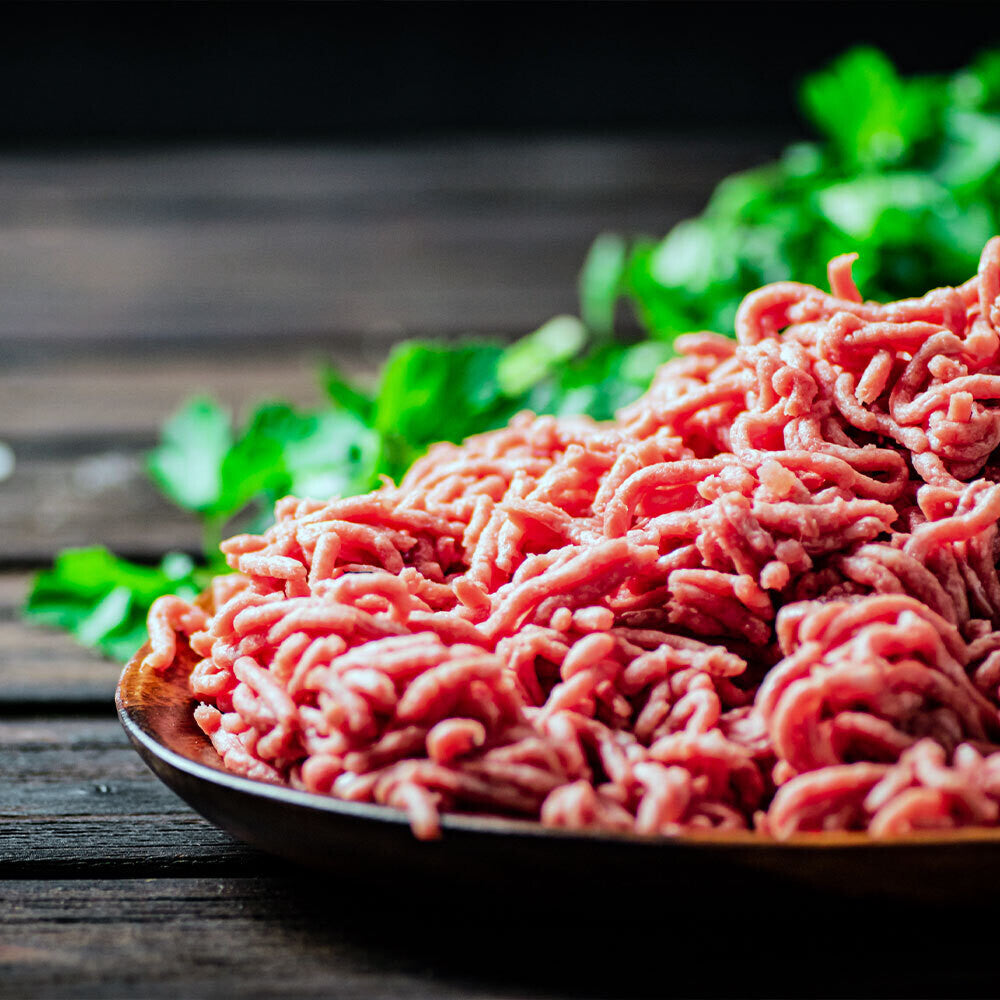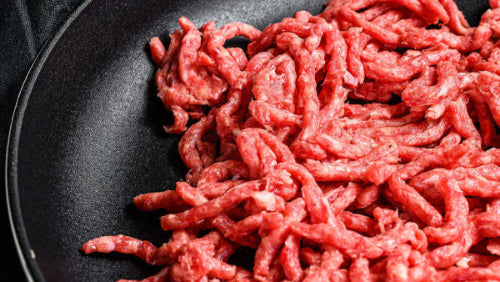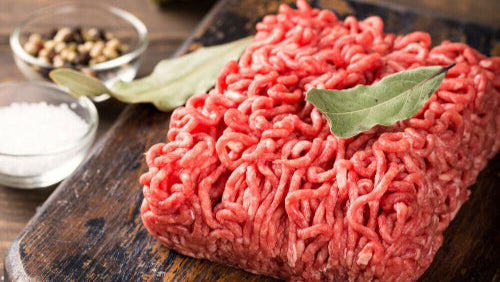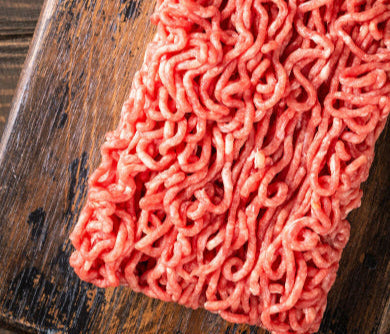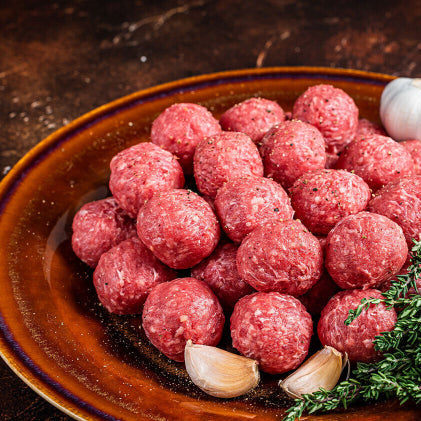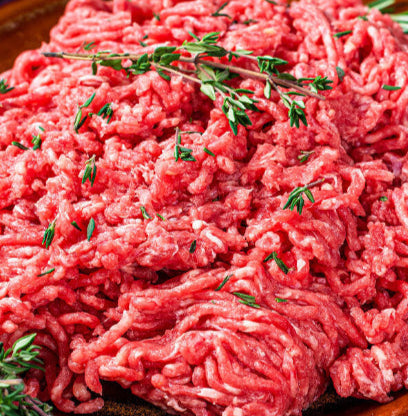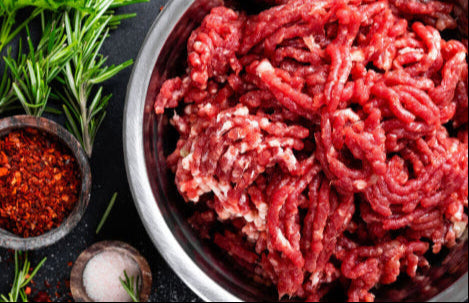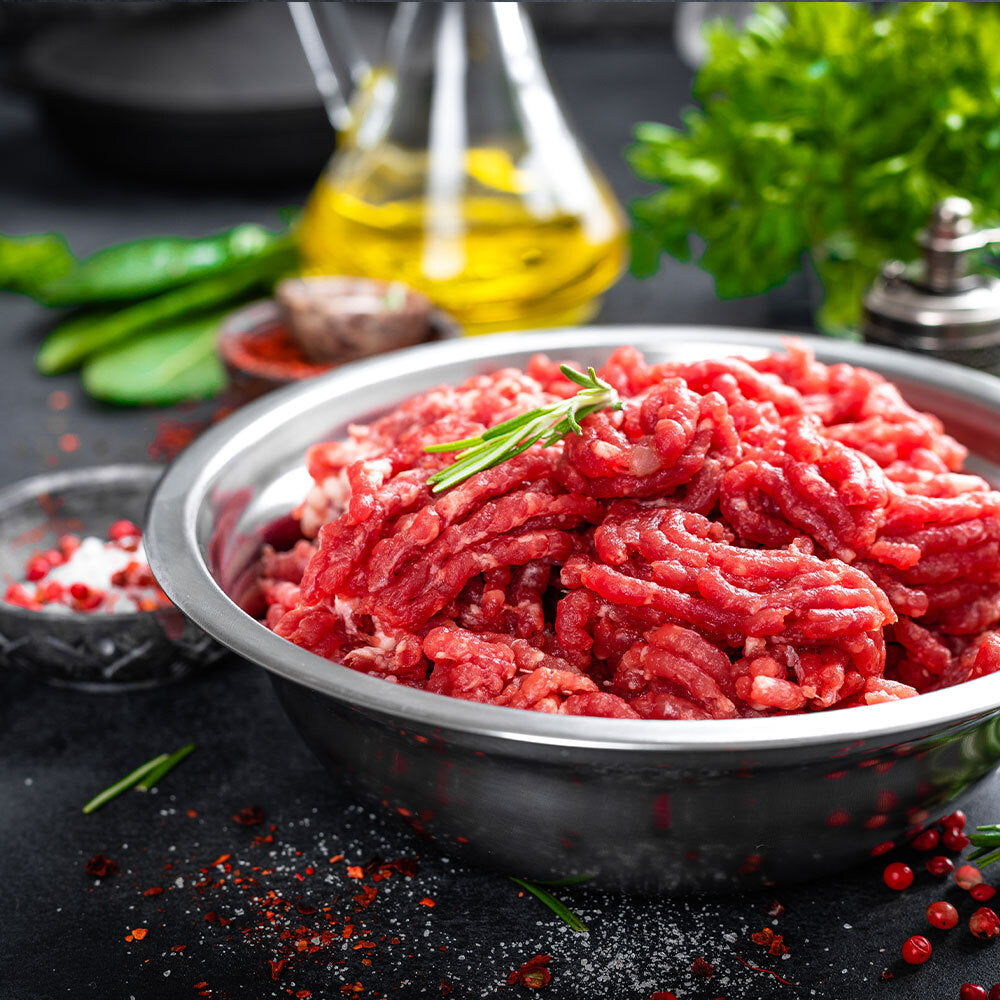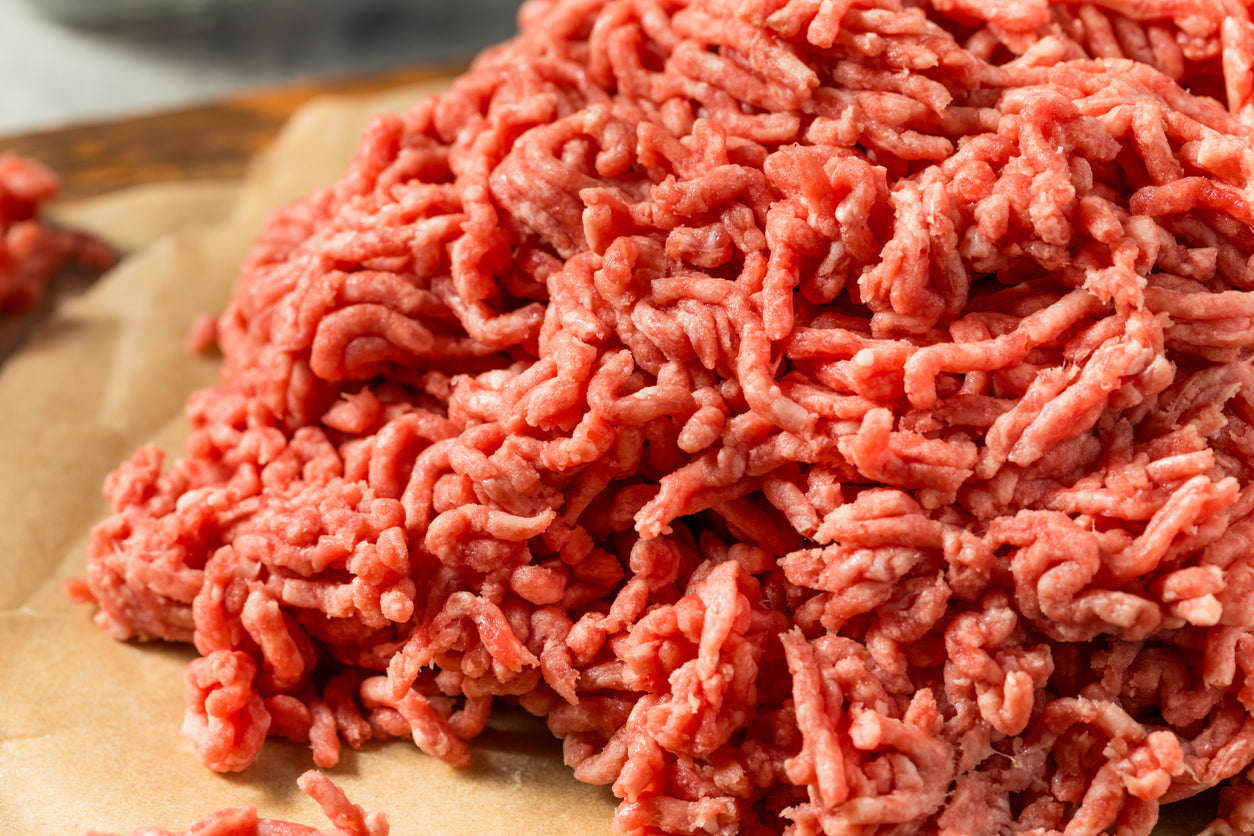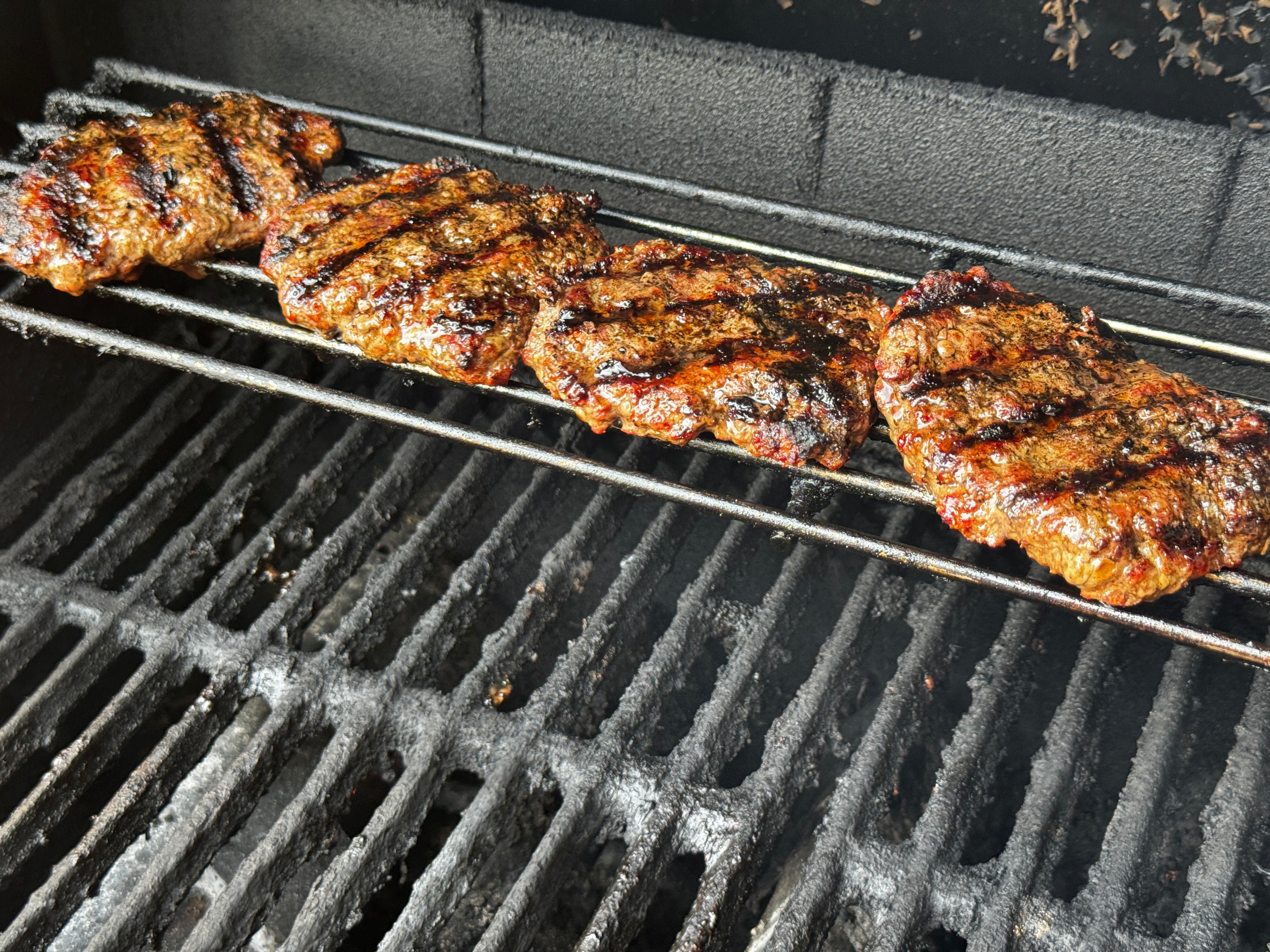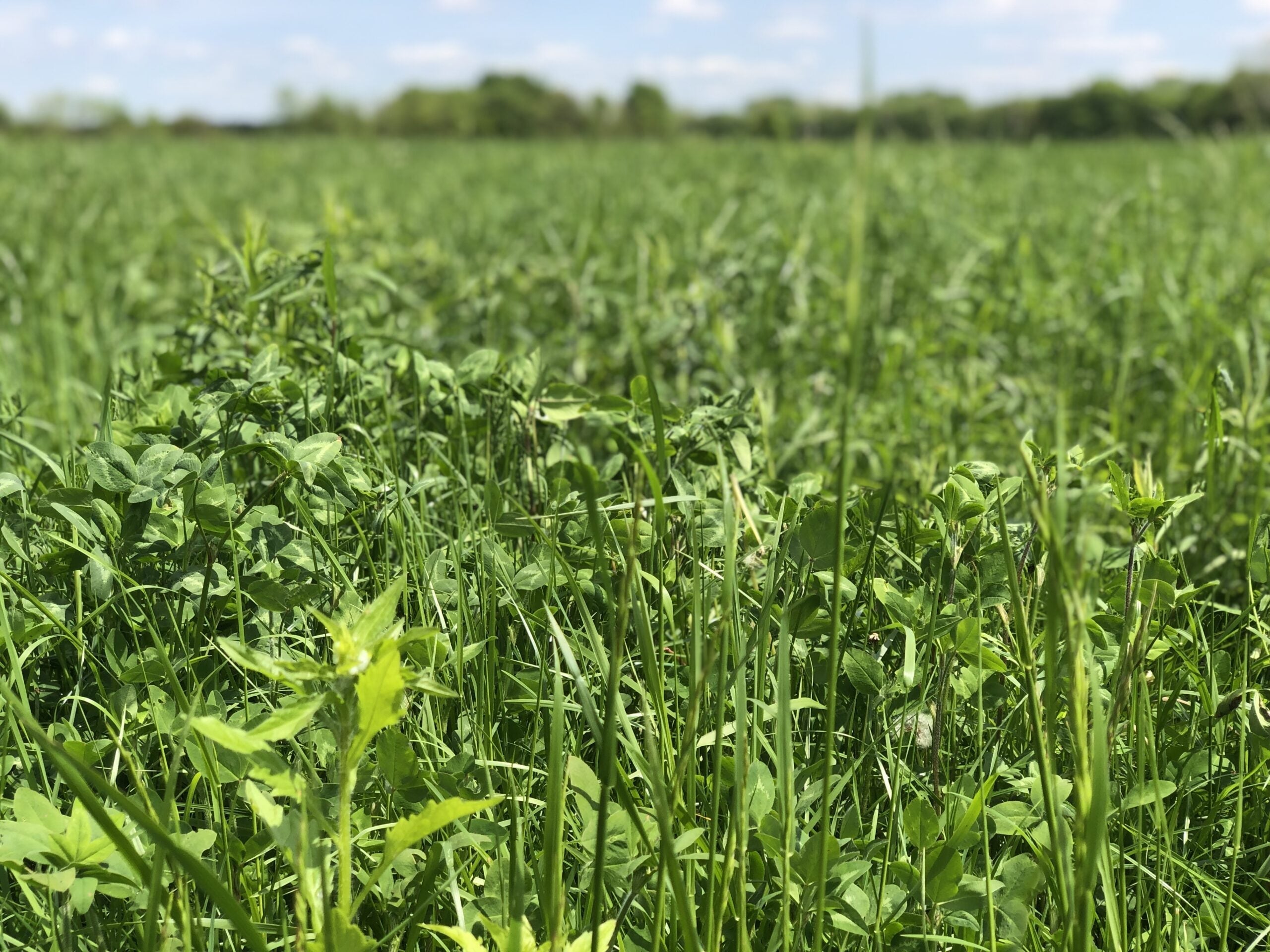
What Is Regenerative Agriculture? A Practical Guide to Soil Health, Biodiversity, and Buying Local
At Tyner Pond Farm, we’ve built our entire farming system around regenerative agriculture. But what does that really mean—and why should it matter to people buying food for their families?
Put simply, regenerative agriculture is a way of farming that works with nature instead of against it. It’s built around rebuilding soil health, increasing biodiversity, and raising animals in a way that strengthens the land over time. Unlike extractive systems that degrade soil and rely heavily on synthetic inputs, regenerative agriculture restores ecosystems and produces food that’s better for people and the planet.
Why Regenerative Agriculture Matters
Regenerative agriculture goes beyond sustainability. It doesn’t just aim to maintain the status quo—it seeks to improve it. By focusing on soil biology, water retention, and diverse ecosystems, regenerative farms support long-term productivity without chemical shortcuts.
At Tyner Pond Farm, this approach shapes everything we do. Our grassfed beef and pasture-raised chickens are raised on rotating pastures that grow stronger and more resilient each year. The healthier the land, the healthier the animals—and ultimately, the food we eat.
The Core Principles of Regenerative Agriculture
Regenerative farming isn’t a single practice—it’s a system built on a set of proven principles:
- Minimize soil disturbance (reduced or no tilling)
- Keep soil covered with living plants or plant residues
- Promote plant diversity to support soil microbes and wildlife
- Integrate livestock to fertilize naturally and stimulate plant growth
- Maintain continual living roots to feed soil life year-round
These principles work together to create a self-reinforcing system that builds healthier, more resilient soil.
How Regenerative Grazing Improves Soil Health
One of the most powerful tools in regenerative farming is adaptive grazing. By rotating livestock frequently—sometimes daily—we mimic the natural movements of wild herds. This encourages grasses to regrow quickly, adds organic matter to the soil, and improves water retention.
Cattle aren’t a problem when managed well—they’re part of the solution. Their hooves break up hard soil, their manure feeds the microbiome, and their presence supports life both above and below ground. This is how grassfed beef can actually regenerate land instead of depleting it.
Environmental Benefits of Regenerative Farming
Farms that follow regenerative practices can:
- Sequester carbon in healthy soil
- Reduce erosion and runoff
- Support pollinators and insect diversity
- Lower input costs by eliminating synthetic fertilizers and pesticides
- Protect water quality through better infiltration and retention
All of this can happen while producing nutrient-dense food that strengthens local economies and improves public health.
How You Can Support Regenerative Agriculture
Supporting regenerative agriculture starts with how you shop. When you buy directly from regenerative farmers, you’re investing in a food system that restores rather than depletes.
Look for:
- 100% grassfed beef from farms that practice rotational grazing
- Pasture-raised chicken raised outdoors with access to fresh forage
- Local farms that prioritize soil health and biodiversity
At Tyner Pond Farm, we offer free home delivery across Indiana to make this kind of food more accessible. Our animals are rotated daily, our practices are rooted in transparency, and our focus is always on long-term health—for the land, the animals, and the people we serve.
Get Involved
Regenerative agriculture isn’t just for farmers. If you care about where your food comes from and how it affects your health and the environment, you’re already part of the movement. Learn more by visiting local farms, asking questions, and choosing food that reflects your values.
If you're looking for a place to start, sign up for our newsletter to stay updated on what’s happening at Tyner Pond Farm—including new product drops, educational content, and ways to make real food part of your everyday life.
